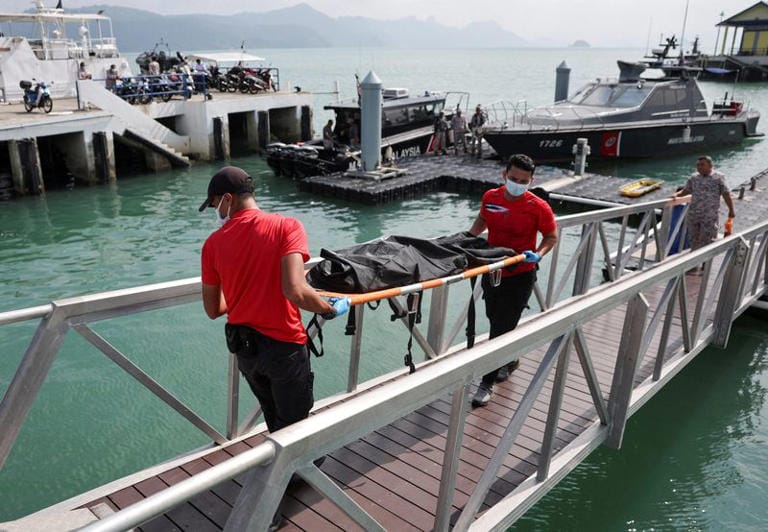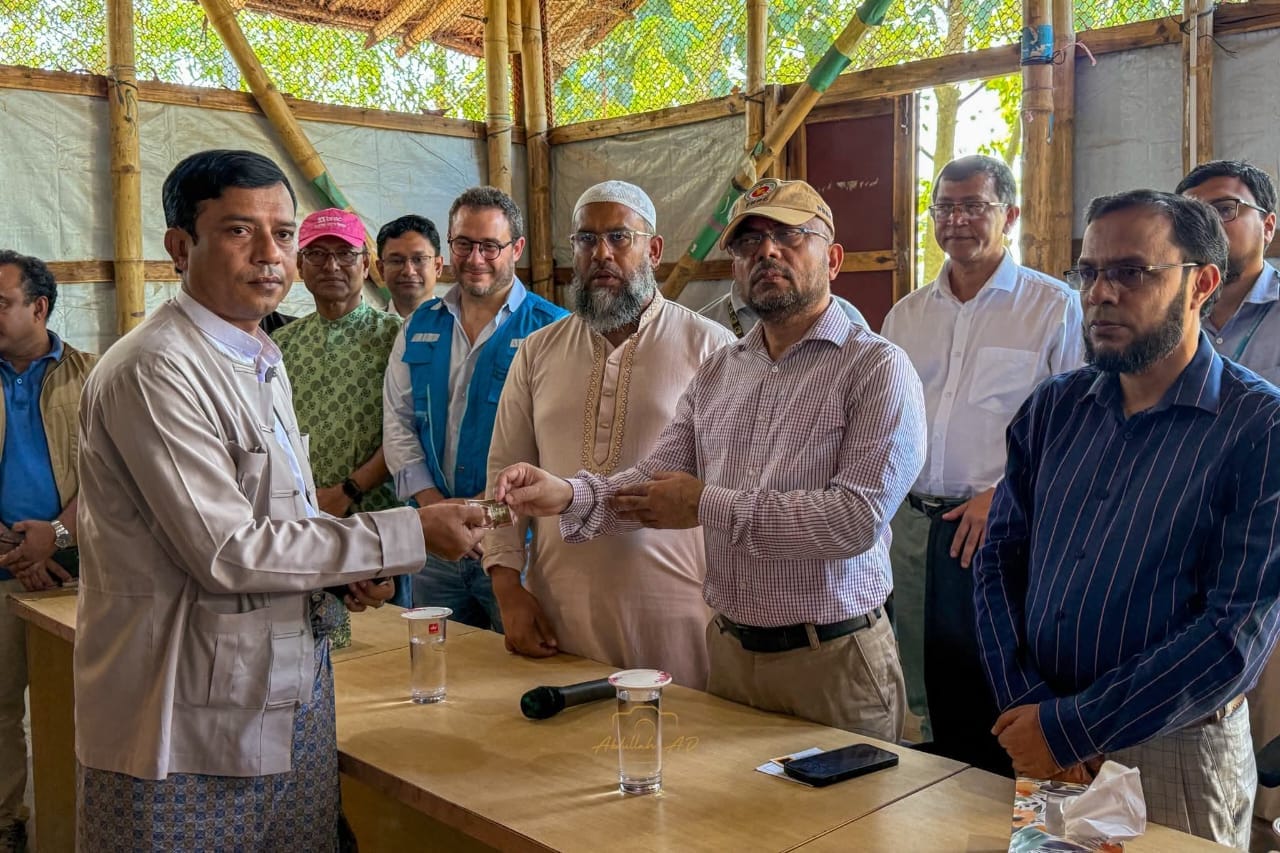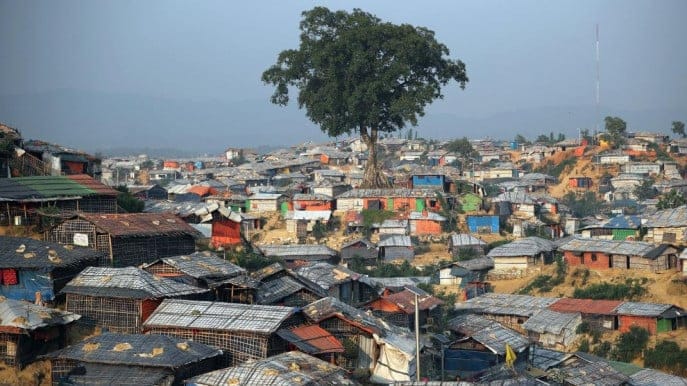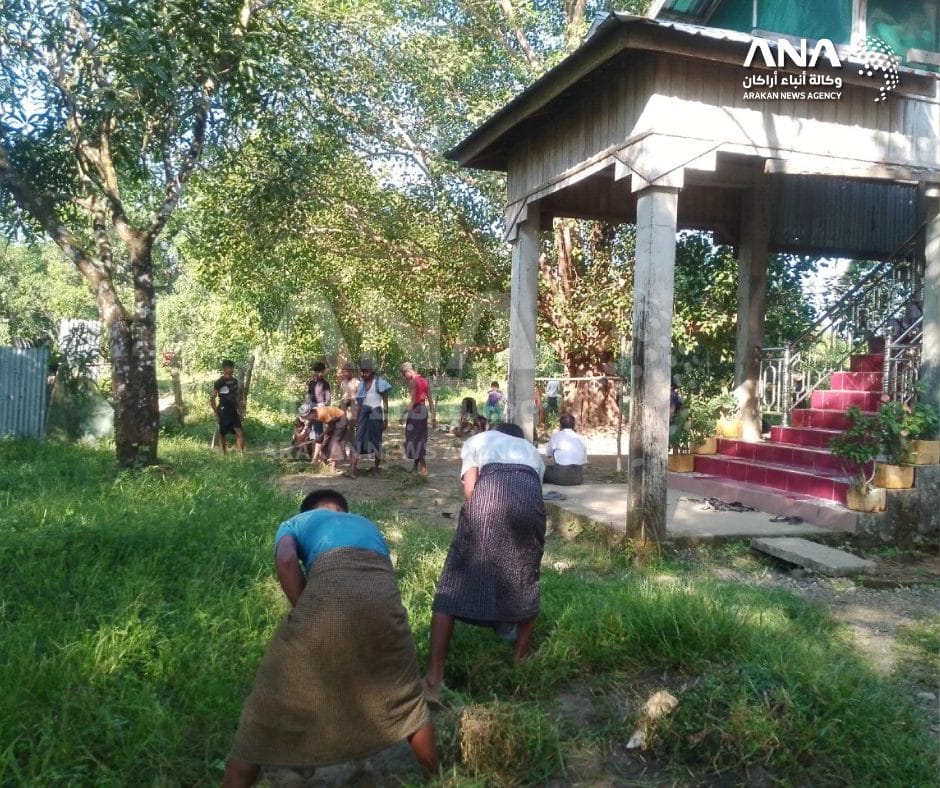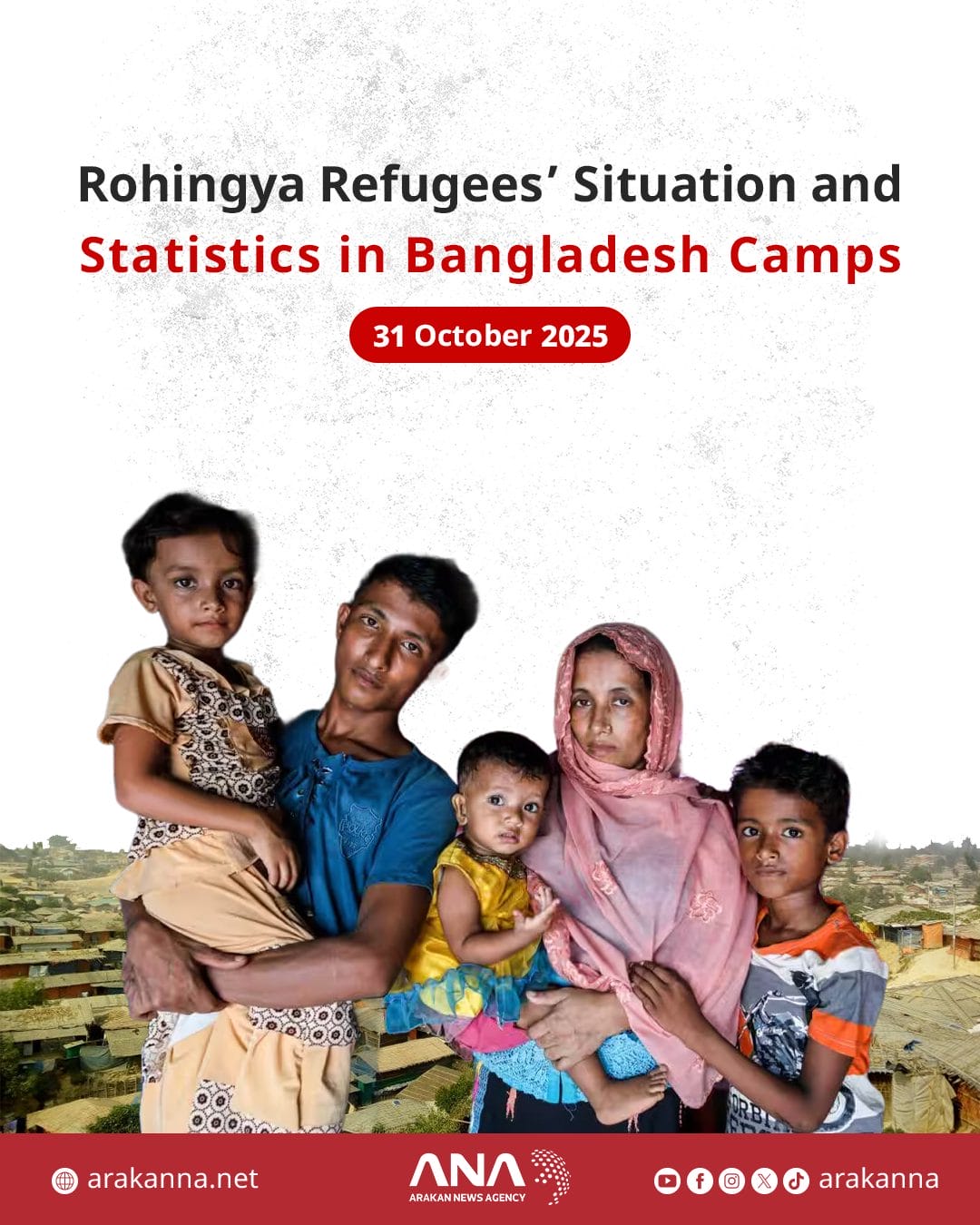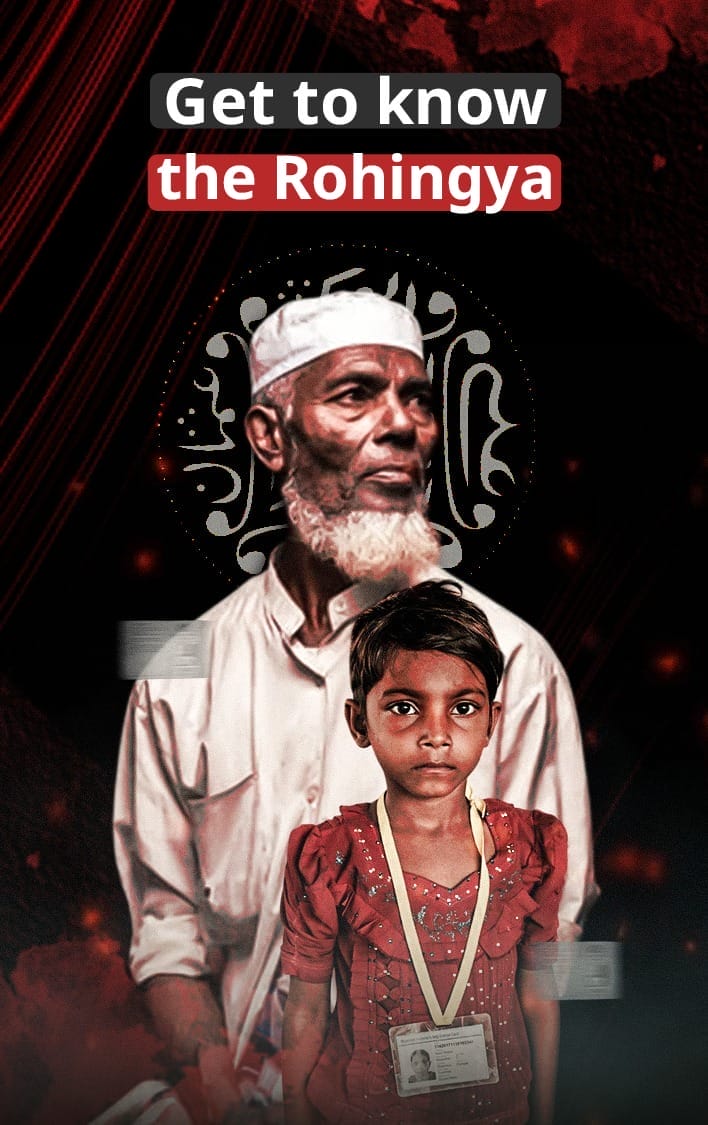Arakan News Agency
Primary healthcare facilities of IOM in Cox’s Bazar, Bangladesh witnessed a rise in confirmed hepatitis A cases among Rohingya refugees since the beginning of 2025.
IOM stated that high numbers were reported from January to April compared to the same months in previous years. 91 cases were reported, most of them among children. Health team of IOM are working to determine the challenges and factors contributing to Hepatitis A transmission so that targeted interventions can be undertaken.
The organization noted in its report that overcrowded camp environments, unsanitary water and food, lack of sanitation, poor hygiene conditions, and a lack of hygiene kits all contribute to the increase in hepatitis A cases among refugees.
In Bangladesh, more than one million Rohingya refugees live in 33 densely populated camps in the Cox’s Bazar area, in addition to the camps on Bhasan Char Island. The overcrowded living conditions, lack of water and sanitation facilities, and severe monsoons often lead to outbreaks of infectious diseases such as dengue fever, diphtheria, measles, acute watery diarrhea, and scabies among refugees, given poor medical care.
The Rohingya fled in large numbers from Myanmar to Bangladesh as a result of the “genocidal” campaign launched by the Myanmar military against them in 2017. Waves of flight have continued since fighting resumed between the Myanmar military and the separatist Arakan Army in November 2023, with the Rohingya facing sieges, killings, burning of property, and forced conscription by both sides.


